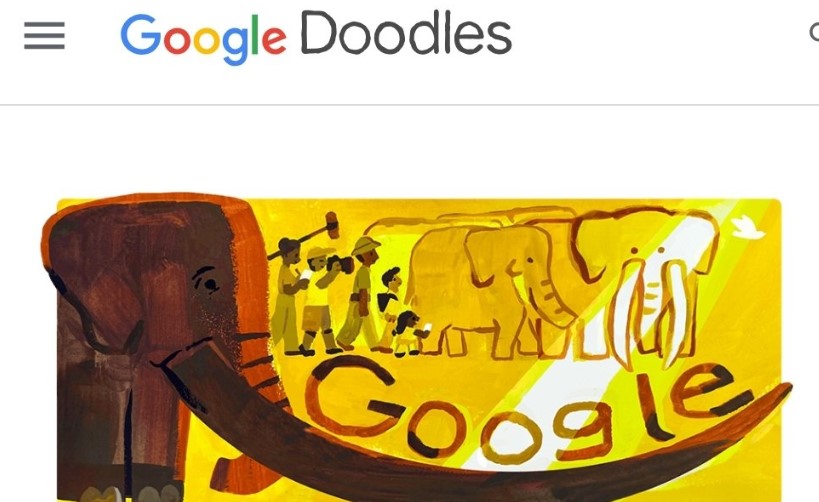Google has celebrated ‘Ahmed’, the Kenyan elephant known for its big tusks.
Ahmed was born in 1919 in the forests of Mount Marsabit, Kenya, and rose to prominence in the 1960s when hikers in the North Kenya mountains dubbed him “The King of Marsabit.”
Not many people knew Ahmed as the "King of Marsabit" until the 1960s and 1970s. He resided atop a mountain amid the Marsabit National Reserve's woods. More often than not, his reputation preceded him.
Two little bull elephants would always accompany him and provide security.
At more than 150 pounds apiece, his tusks were the largest and heaviest in all of Africa. His tusks were said to be so long that they scratched the ground by some.
Did you read this?
He gained notoriety after being included in two ABC films and a French documentary.
Ahmed was such a national treasure that school-age children wrote to the late Mzee Jomo Kenyatta, the first President of Kenya, asking for his protection.
Ahmed was placed under Mzee Jomo Kenyatta's protection in 1970 by a presidential decree. The first elephant to be designated as a living monument was him.
Two armed game rangers watched over the King of Marsabit, ensuring that security and surveillance protocols were followed around the clock.
He vanished into the dense undergrowth of the forests early one morning in 1974, and while the guards were waiting for him, he never materialized. When the guards went to seek for him, they discovered that he had already died.
At the age of 55, he had succumbed to natural causes.
The President further declared that his remains be preserved at the Nairobi National Museum for future generations to be able to admire the Beautiful creature









